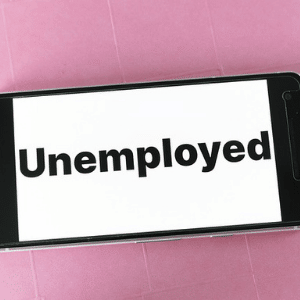Last year is the year that keeps on giving, at least for the people stealing identities and filing for unemployment.
It’s an understatement to say COVID-19 drastically affected employees around the country. Many employees ended up laid off, or entrepreneurs lost their businesses due to budget constraints. That meant more people than ever were filing for unemployment. Additionally, the federal government implemented an increase in the payments provided to many unemployed claimants.
This resulted in the perfect storm for criminals to defraud the state governments by filing fraudulent unemployment claims.
A MainNerve Partner called to inquire about a concern that a former employee may have gained access to their Human Resources data and was using it criminally. In reality, it was cybercriminals looking for a quick buck.
How does unemployment fraud work?
With large-scale data breaches, such as the one at Experian, most people’s information is available on the dark web. It’s easy for a criminal to take information from a previous data breach and do a quick web search to see where each person is employed. The attackers will then file an unemployment claim. After that, they start on another person’s identity and wait for the money to come through. It’s a repeatable process in a numbers game that is helping hackers gain easy money.
And if the criminals don’t do the additional research, they will fill in random company names. These companies then receive documents about unemployment for people they don’t know. Dealing with this issue takes time away from what the companies should be doing, their jobs.
However, some criminals don’t realize that the money is often sent to the person’s address whose identity was stolen or someone else’s completely. Many people report receiving multiple unemployment checks, with different names listed above their addresses.
So far, the current estimate of $200 billion has been lost to this fraudulent scheme. It affects taxpayers, businesses, and employees who might not be able to receive unemployment benefits due to criminals already filing for them.
The best we can do is report the fraudulent activity when we see it and hope that the states’ departments of labor can implement better verification methods to reduce false claims.



